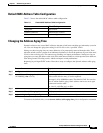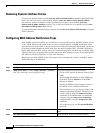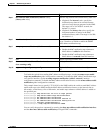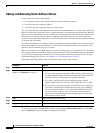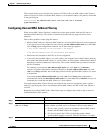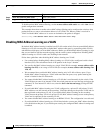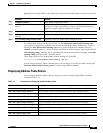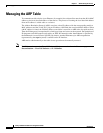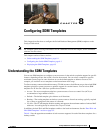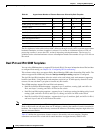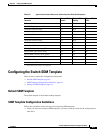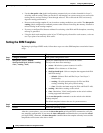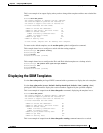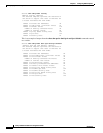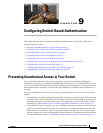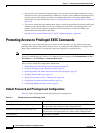
CHAPTER
8-1
Catalyst 3560 Switch Software Configuration Guide
OL-8553-06
8
Configuring SDM Templates
This chapter describes how to configure the Switch Database Management (SDM) templates on the
Catalyst 3560 switch.
Note For complete syntax and usage information for the commands used in this chapter, see the command
reference for this release.
This chapter consists of these sections:
• Understanding the SDM Templates, page 8-1
• Configuring the Switch SDM Template, page 8-3
• Displaying the SDM Templates, page 8-5
Understanding the SDM Templates
You can use SDM templates to configure system resources in the switch to optimize support for specific
features, depending on how the switch is used in the network. You can select a template to provide
maximum system usage for some functions or use the default template to balance resources. For
example, you could use access template to obtain maximum ACL usage.
To allocate ternary content addressable memory (TCAM) resources for different usages, the switch SDM
templates prioritize system resources to optimize support for certain features. You can select SDM
templates for IP Version 4 (IPv4) to optimize these features:
• Access—The access template maximizes system resources for access control lists (ACLs) to
accommodate a large number of ACLs.
• Default—The default template gives balance to all functions.
• Routing—The routing template maximizes system resources for unicast routing, typically required
for a router or aggregator in the center of a network.
• VLANs—The VLAN template disables routing and supports the maximum number of unicast MAC
addresses. It would typically be selected for a Layer 2 switch.
In addition, the dual IPv4 and IPv6 templates enable a dual stack environment. See the “Dual IPv4 and
IPv6 SDM Templates” section on page 8-2.
Table 8-1 lists the approximate numbers of each resource supported in each of the three templates for a
desktop switch.



